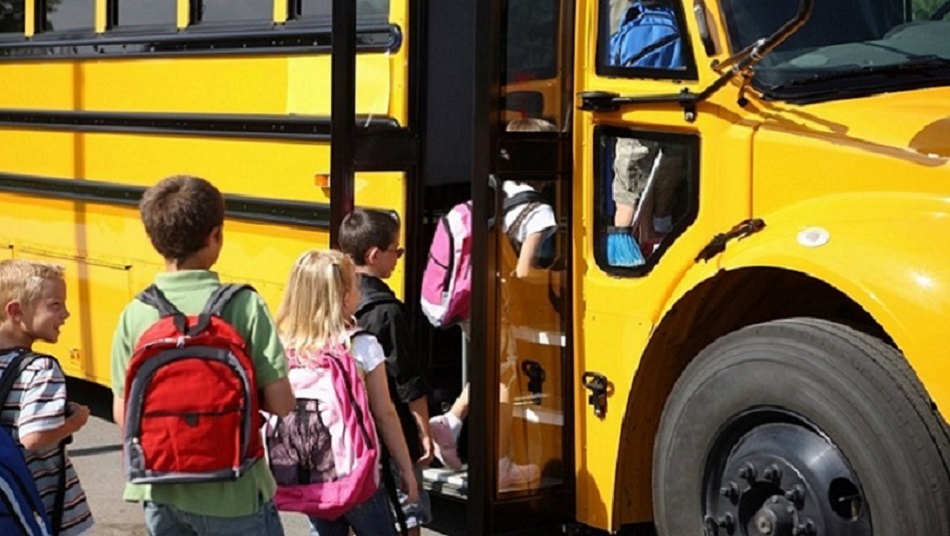This post is also available in:
 עברית (Hebrew)
עברית (Hebrew)
First responders in the US have been coping with the growing challenges involved with school safety. Between 2010-2017 there were 52 active shooter attacks in US education institutions. Instead of waiting to deal with these events once they’ve already taken place, predictive analytics could prevent them from happening.
Predictive analytics are statistical techniques from data mining, predictive modelling, and machine learning, that analyze current and historical facts to make predictions about future or otherwise unknown events.
Predictive analytics reviews data to predict the event early on by aggregating all a facility or organization’s current and historical data. The aggregation allows facility managers to review and monitor for trends or patterns so they can make informed predictions of events that may happen in the future.
For schools, this data can include attendance records, dates, times and locations of alarm notification, visitor logs, just as a few examples. Having the data all in one place helps to reveal patterns or trends that tell a story and give insight into incidents. As a result, staff, administrators and facility managers have access to essential information to take the proper steps to protect their buildings and most importantly students, according to securityinfowatch.com.
Schools are already collecting all kinds of data, including attendance, tardiness, grades, trips to the nurse, suicide attempts, and more. When these data points are all compiled in one place or on one platform, they begin to reveal patterns that may have otherwise gone unnoticed.
Regarding suicidal behavior, technology can offer access to the right information in the hands of teachers, parents and administrators to flag warning signs and changes in behavior. With predictive analytics, teachers and other school staff can log their students’ moods, absences, grades, and any other factors that may reveal a change in behavior or signify that a student is not doing well. With this data, administrators are able to reach out to a student exhibiting signs they are in distress and together they can resolve or manage the situation before it escalates.
Predictive analytics can also be leveraged to look after a facility and all its working parts – pipes, server rooms, refrigerators and freezers, heating and cooling systems, and more. If any of these things malfunction, administrators are left to deal with costly repairs, lost inventory, wasted time, and inconvenience. Luckily, operators can prevent this from occurring with predictive analytics.
Data can be collected on all the systems in school facilities and can be easily integrated for centralized monitoring, alerting and reporting.


























